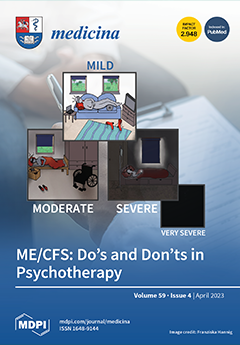Background and Objectives: Anti-vascular endothelial growth factor (anti-VEGF) therapy has become the first-line treatment for diabetic macular edema. However, it is still not clear whether anti-VEGF agents act on systemic blood vessels. The aim of this study is to determine whether a direct topical application or intravitreal injection of anti-VEGF will change the intestinal blood vessels of mice.
Materials and Methods: C57BL/6 mice were laparotomied under deep anesthesia, and the blood vessels on the surface of the intestines were exposed, examined, and photographed through a dissecting microscope. Vascular changes were evaluated before and at 1, 5, and 15 min after the topical application of 50 µL of the different anti-VEGF agents onto the surface of the intestine (group S) or after the intravitreal injection (group V). The vascular density (VD) was determined for five mice in each group before and after 40 μg/μL of aflibercept (Af), or 25 μg/μL of bevacizumab (Be), or 10 μg/μL of ranibizumab (Ra) were applied. Endothelin-1 (ET1), a potent vasoconstrictor, was used as a positive control, and phosphate-buffered saline (PBS) was used as a control.
Results: For group S, no significant changes were observed after PBS (baseline, 1, 5, and 15 min: 46.3, 44.5, 44.8, and 43.2%), Be (46.1, 46.7, 46.7, and 46.3%), Ra (44.7, 45.0, 44.7, and 45.6%), and Af (46.5, 46.2, 45.9, and 46.1%, repeated ANOVA) were applied topically. Significant decreases in the VD were observed after ET1 (46.7, 28.1, 32.1, and 34.0%,
p < 0.05) was topically applied. For group V, no significant differences were observed for all anti-VEGF agents.
Conclusions: The topical application or intravitreal injections of anti-VEGF agents do not cause a change in the VD of the intestinal vessels, which may be related to its safety.
Full article






